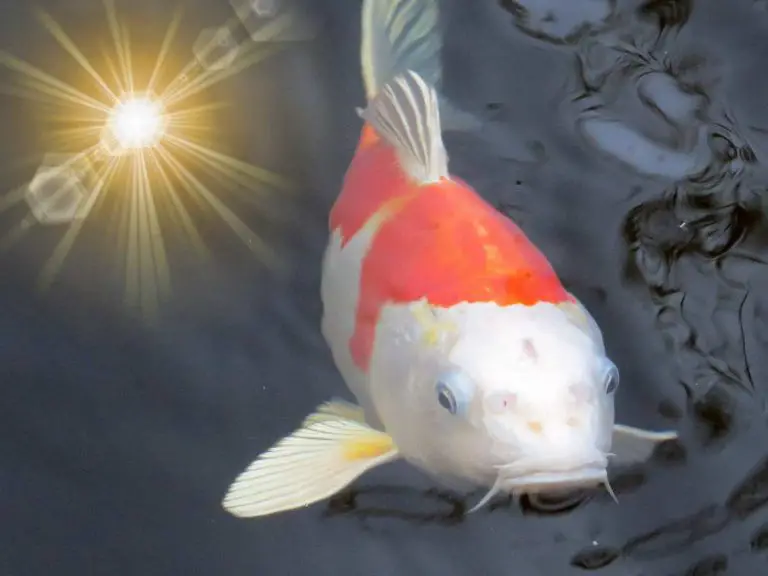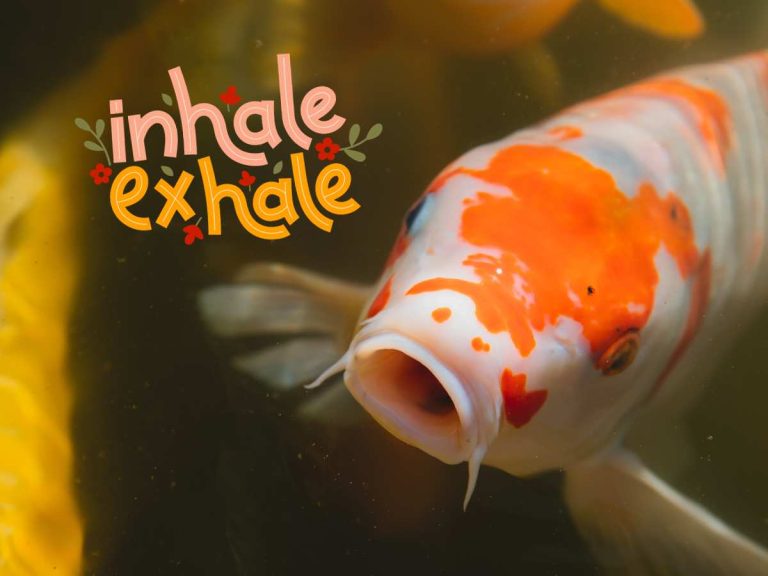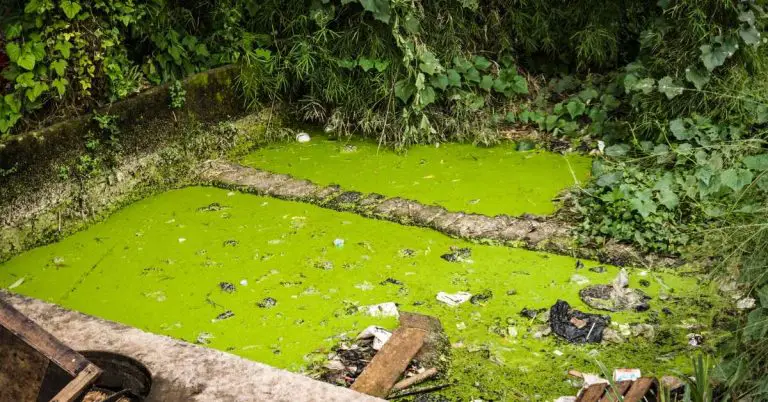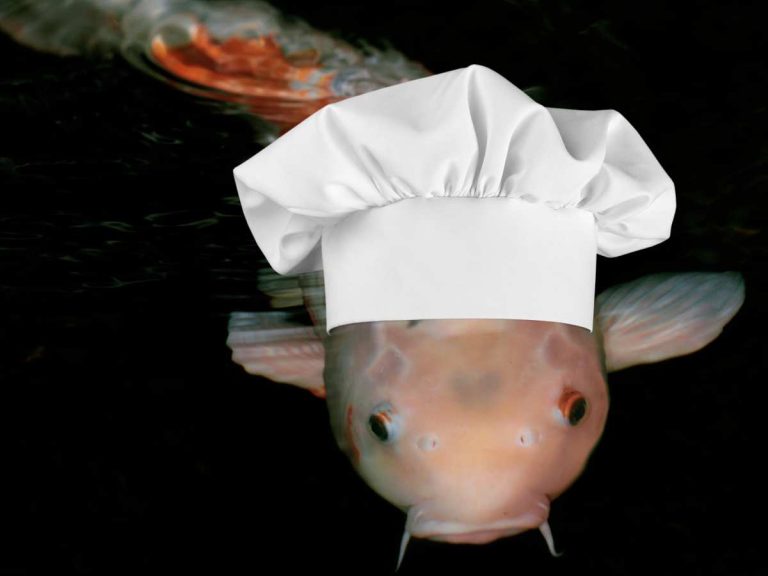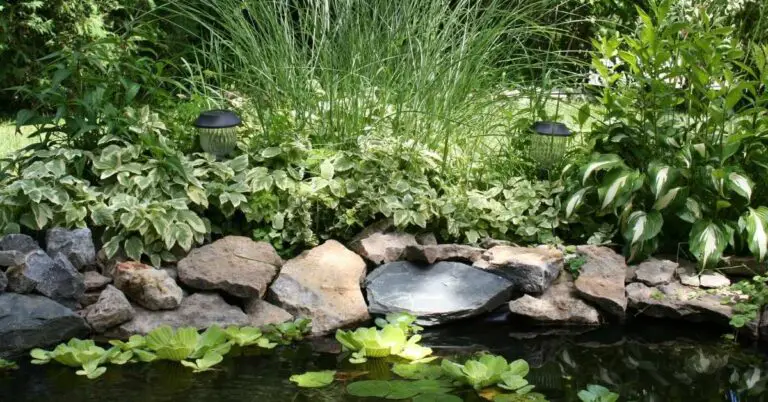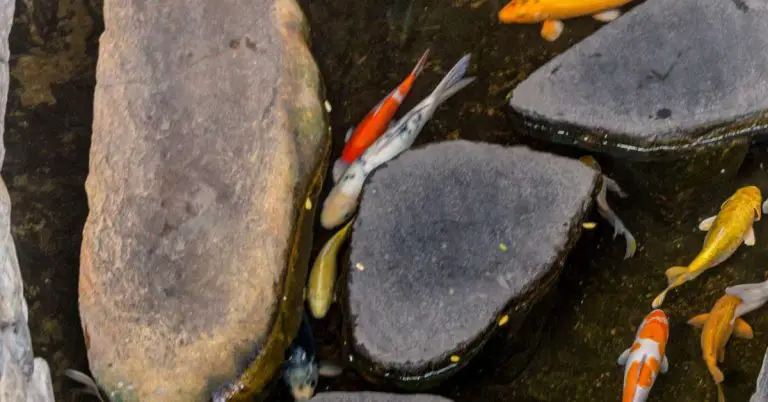Best Time to Buy Koi Fish: Your Guide to Optimal Timing for Health, Availability, and Affordability
So, what is the ideal season to purchase koi fish? The truth is, it all depends on several factors, including their lifecycle, health considerations, availability of specific koi varieties, and pricing trends.
In the spring, you’ll find that it’s a favorable season for buying koi fish. There are several benefits to purchasing koi during this time, such as a wider selection of fish, as many breeders and retailers restock their inventory. Additionally, koi tend to be more active and vibrant in the spring, making it easier to assess their health.
During the summer, you may encounter both opportunities and challenges when purchasing koi. While some retailers may have a good stock of fish available, hot weather can increase the risk of stress and disease. It’s crucial to ensure that the fish are being properly cared for before bringing them home.
As fall approaches, you’ll need to consider factors such as availability and pricing. Some retailers may offer discounts as they prepare for winter, but you’ll want to ensure that the fish are healthy and ready for colder temperatures.
Lastly, winter might be an underrated season for purchasing koi fish. While some breeders may slow down during this time, it can be an excellent opportunity to find unique fish at a lower price. Just be mindful of the additional care and precautions needed during colder months.

Understanding the lifecycle of koi fish
You know what they say, understanding is half the battle! And that couldn’t be truer when it comes to buying koi fish. So, let’s dive right into their fascinating lifecycle.
Koi fish, like any living creature, go through various stages in their life. It all starts with the eggs. The female koi lays eggs, and the male fertilizes them. These eggs are then carefully placed in a separate area called a spawning mat, where they’ll hatch and become baby koi, also known as fry.
As fry, these little fish have the potential to grow into beautiful koi that we all adore. But they need the right conditions to thrive. The fry are fragile and need plenty of warmth, clean water, and an ample supply of food to grow strong and healthy.
Over time, the fry will develop into juvenile koi. At this stage, their colors start to show, and they become more resilient. They still require proper care and attention, but they’re also more adaptable to different environments.
Finally, after a few years, these juvenile koi will reach adulthood. This is when they develop their full colors and patterns, and become the majestic fish that we see in ponds. With proper care, koi can live for several decades, making them a long-term investment for koi enthusiasts.
Understanding the lifecycle of koi fish is essential for determining the optimal time to buy them. It allows us to gauge their availability at different stages, assess the health and strength of the fish, and make informed decisions based on our preferences and needs.
Factors to Consider When Buying Koi Fish
When it comes to buying koi fish, there are several important factors that you should consider. These factors can greatly influence your decision-making process and ensure that you make the right choice for your pond. Let’s dive into these factors:
A. Health Considerations
First and foremost, you want to buy healthy koi fish. Healthy fish are not only beautiful to look at, but they also have a better chance of thriving in your pond. When purchasing koi, look for fish that are active, have clear eyes, and show no signs of disease or injury. It’s always a good idea to buy from reputable breeders or pet stores that prioritize the health and well-being of their fish.
B. Availability of Specific Koi Varieties
Do you have a specific koi variety in mind? If so, you need to consider their availability. Certain koi varieties may be more rare or harder to find than others. The availability of specific varieties can vary depending on the time of year and the region you’re in. Doing a bit of research beforehand can help you determine when and where you’re most likely to find the koi variety you desire.
C. Affordability and Pricing Trends
Lastly, you need to consider your budget and the pricing trends of koi fish. Koi fish can vary greatly in price, depending on factors such as size, quality, and rarity. Prices can also fluctuate throughout the year, so it’s important to keep an eye on pricing trends. If you’re on a tight budget, you may want to look for deals or discounts that could be available at certain times of the year. However, keep in mind that quality should always be a priority over price.
Spring: A great season for buying koi fish
Welcome to the season of growth and new beginnings! Spring is not only a beautiful time of year, but it’s also the perfect season to buy koi fish for your pond. Why, you ask? Well, let me tell you all about the benefits of purchasing these vibrant creatures during this time.
First and foremost, spring is when koi fish are at their healthiest. They’ve had a chance to recover from the cold winter months and are ready to flourish in the warmer temperatures. Their immune systems are strong, making them less susceptible to diseases and infections. So, by buying koi in spring, you increase your chances of bringing home robust and thriving fish.
In addition to their health, spring is when koi fish are most readily available. Breeders and suppliers ramp up their production during this season, ensuring a wide variety of koi to choose from. Whether you’re looking for a show-quality koi with stunning patterns or a more affordable option, you’re likely to find exactly what you’re looking for in spring.
Furthermore, pricing trends also favor springtime buyers. As the demand for koi increases during the warmer months, prices tend to be more competitive. Breeders are eager to sell their stock and make room for new arrivals, which means you might just snag a great deal on your new koi.
So, remember, when it comes to buying koi fish, spring is the way to go. Not only will you find healthy and diverse options, but you’ll also have the opportunity to save some cash. Take advantage of this favorable season and turn your pond into a vibrant and thriving oasis.
Summer: Opportunities and challenges for purchasing koi fish
Alright, let’s talk about summer – that sunny and warm season where we all want to spend lazy days by the pond. Now, when it comes to buying koi fish during this time, there are both opportunities and challenges you need to be aware of.
Availability of koi fish during summer
First things first, let’s talk about availability. Summer is a great time to find a wide variety of koi fish on the market. With the weather being pleasant, many breeders and retailers have koi fish ready for sale. You have a greater chance of finding the exact type and color of koi you’ve been dreaming about.
From stunning Kohaku to majestic Sanke, you’re likely to come across an impressive selection. So, if you are particular about getting a specific koi variety, summer might be the season for you!
Potential challenges of buying koi in summer
Now, here comes the challenge part. Summer can bring its fair share of issues when it comes to introducing new koi fish to your pond. The warm temperatures can stress out the delicate koi and make them more susceptible to diseases.
Also, keep in mind that summer is a popular time for vacations and holidays. If you plan on going away for an extended period, it might not be the best time to bring new koi home. You want to be around to closely monitor and care for your new aquatic buddies, right?
Another important factor to consider is acclimation. Koi need time to adjust to their new environment, and sudden changes in water temperature can disrupt this process. During summer, water temperatures can fluctuate, making it a bit trickier to ensure a smooth transition for your new koi.
So, while summer offers a wide variety of koi fish for you to choose from, be prepared for extra care and attention to ensure their well-being during this warmer season.
Fall: Factors to consider when buying koi fish in autumn
Autumn can be a fantastic time to add koi to your pond. There are a couple of key factors you’ll want to consider before diving in.
A. Availability and pricing during fall
One important thing to note is that koi fish are generally more available during the fall season. This is because many breeders will have new stock ready to sell after the busy summer breeding season. So, you’ll have a wider variety of koi to choose from compared to other times of the year.
Additionally, you might just snag a good deal on koi fish in the fall. As breeders try to clear out their inventory before winter sets in, they might offer discounts or promotions to entice buyers. Keep an eye out for any sales or special offers!
B. Preparing koi for winter
Another factor to consider when buying koi in the autumn is how to properly prepare them for winter. As the temperatures start to drop, you’ll want to make sure your pond is ready to provide a suitable environment for your new koi.
First and foremost, ensure that your pond is deep enough and has features like shelves or caves where your koi can hunker down during the colder months. This will help protect them from freezing temperatures.
It’s also a good idea to start decreasing the amount you feed your koi as the weather gets colder. Koi fish have a slower metabolism in colder temperatures, so they won’t need as much food. Be sure to consult with a professional or do some research to determine the appropriate feeding schedule for your koi during the fall and winter months.
By considering the availability of koi fish and how to properly prepare them for winter, you’ll be well-equipped to make a successful purchase in the fall. So go ahead and start researching and planning your new addition to the pond!
Winter: An underrated season for purchasing koi fish
Ah, winter! While most people might not consider it the best time to buy koi fish, trust me, there are some amazing benefits to doing so in this season. Let’s dive into why winter might just be the perfect time for you to bring home those beautiful koi!
Benefits of buying koi in winter
First things first, let’s talk about the benefits. One big advantage of purchasing koi fish in winter is that you’ll find a wider selection available. With fewer buyers during this time, you’ll potentially have more options to choose from, whether it’s the type of koi or the specific colors and patterns you’re looking for.
Another great thing about buying koi in winter is that the fish are usually in peak health. Koi go into a semi-hibernation state during winter, which means they require less energy and their immune systems are strong. This can greatly reduce the stress of transportation and acclimation to a new environment, ensuring a better chance of success for your new koi.
Considerations for winter purchase
Now, let’s talk about a few things to keep in mind if you’re considering a winter purchase. One important factor is temperature. You’ll want to make sure you have a suitable environment for the koi to thrive in during the colder months. A well-insulated pond or a heated tank can provide the necessary warmth.
Another consideration is the acclimation process. When you bring your koi home, it’s best to gradually acclimate them to the temperature and water conditions in their new home. This will help them adjust and prevent any shock or stress.
But don’t worry, with a little extra care and attention, buying koi fish in winter can be a rewarding experience. Plus, you might just get a great deal on top-notch koi that you wouldn’t find during other seasons.
What to Look for When Buying Koi During Different Seasons
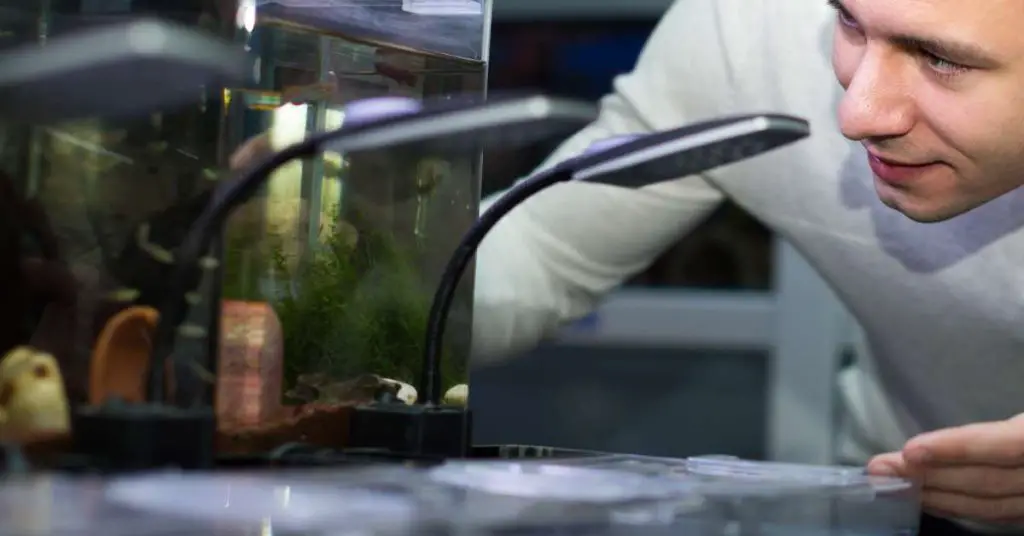
Here’s a table outlining what to look for when buying koi fish during different seasons:
| Aspect | Spring | Summer | Fall | Winter |
|---|---|---|---|---|
| Physical Health | Energetic behavior, clear skin and eyes, no signs of disease or parasites. | Vigorous activity, vibrant colors, active feeding, no signs of illness. | Robust and healthy appearance, well-defined colors, sturdy fins. | Less active, slower metabolism, stillness is normal, no signs of distress. |
| Size and Growth | Smaller koi may have grown over winter, but size varies; consider smaller koi for growth potential. | Koi grow rapidly during summer, larger sizes are common; choose size based on pond capacity. | Growth may slow as water cools; look for koi with potential for growth in the coming year. | Minimal growth during winter; size is stable. |
| Colors | Colors start becoming more vibrant and defined as koi emerge from winter. | Colors are at their peak due to warm water and sunlight; choose based on desired hues. | Colors remain rich, but some fading may occur; choose based on color stability. | Colors may appear subdued due to cold water; natural variations are normal. |
| Behavior | Koi become more active as water warms; observe swimming patterns and interactions. | Active feeding and schooling behavior; watch for dominance or aggression. | Continue observing activity levels; some koi may start slowing down. | Decreased activity is normal; observe resting behavior. |
| Feeding Habits | Appetites increase, feed less initially and gradually increase as water warms. | Koi eat heartily, but avoid overfeeding; monitor appetite and feeding response. | Appetites might start decreasing; adjust feeding quantities as water cools. | Koi’s metabolism is slow, feed sparingly or not at all; monitor health. |
| Availability | Breeders release new koi; look for young koi that have acclimated to the season. | A wide variety of koi available; choose based on your pond’s capacity and preferences. | Selection may start reducing as winter approaches; choose from available stock. | Limited availability; choose established koi with a track record of winter survival. |
Remember, koi behavior and needs can vary, so it’s essential to observe individual fish and consult with experts before making a purchase decision.
Conclusion
Alright, folks, we’ve reached the end of our journey through the seasons of buying koi fish. Remember, timing is everything when it comes to bringing these graceful, colorful creatures into your pond. Let’s quickly recap the main points we covered in this article:
- Understanding the lifecycle of koi fish is essential to determine the best time to purchase them.
- Health, availability, and affordability are crucial factors to consider when buying koi fish.
- Spring is a favorable season to buy koi, with benefits such as optimal health, variety availability, and competitive pricing.
- Summer offers opportunities but also challenges in finding and maintaining koi fish.
- Fall requires careful consideration of koi availability and preparation for winter.
- Winter, though underrated, has its advantages for those willing to brave the chill.
So, my fellow pond enthusiasts, armed with these important facts, it’s time to make an informed decision about when to bring some beautiful koi into your life. Whether you choose to go with the vibrant springtime options, embrace the summer koi challenges, go for the autumn availability, or take on the winter adventure – the choice is yours! Just remember to keep their lifecycle in mind, think about their health, and consider what’s affordable for you.
Now, go forth and create the pond of your dreams with these magnificent koi fish!
Related Questions
When is the best time to purchase koi fish for my pond?
The ideal time to buy koi fish for your pond is during the late spring to early summer. This period offers rising water temperatures, creating a smooth transition for the koi to adjust. Koi thrive in temperatures around 65-75°F (18-24°C), making this time perfect for their introduction. Additionally, many koi breeders release fresh batches of koi after the koi show season, providing you with a diverse selection to choose from.
Can I purchase koi fish during the winter months?
While it’s possible to purchase koi during winter, it’s important to exercise caution. Koi are less active in cold water, and their metabolism slows down. When buying koi in winter, focus on selecting established koi that have demonstrated their ability to endure colder temperatures. These koi should exhibit a robust and healthy appearance with clear signs of vitality. Remember, koi will be less vibrant in color due to the cold water, but natural variations are normal. Always ensure proper acclimatization and a gradual introduction to the pond during colder months.

